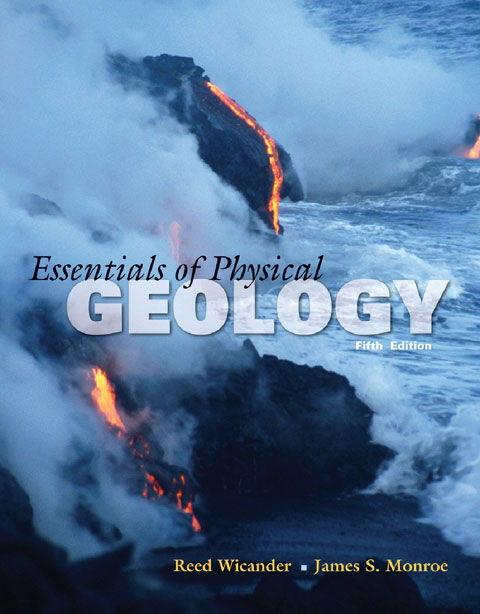
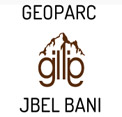

ORE DEPOSITS IN THE ANTI-ATLAS AND SUB-ATLAS REGIONS
The Anti-Atlas geological province is the host of a variety of ore deposits, ranging from Paléoprotérozoïque to Ordovician in age. These deposits are mainly Cu-Au porphyry types, precious metal epithermal (Au, Ag) or polymetallic VMS base metals (Cu, Pb, Zn, Au, and Ag), while the sub- Atlas region presents an important occurrence of manganese. Figure 8 shows the location of the most important deposits in the Anti-Atlas region.
Located in eastern Anti-Atlas, the world class Imiter Ag-Hg mine (8.5 Mt at 700g/t Ag), is among the most important deposits in Morocco. It is considered to be of epithermal origin. The silver mineralisation happened during regional extension (+/- transpession?) tectonic regime event around 550 and is hosted in a series of volcanic felsic rocks Ma (Tuduri et al, 2006). Briefly, a three-stage model has been proposed to explain the deposit: a first episode characterized by the development of quartz, pink dolomite, and Ag-rich minerals veins formed during a dextral transpressive event, followed by a barren stage associated with a normal left-lateral motion that re-opened previous structures, and a final alteration stage (i.e. supergene enrichment) that contributed to local enrichment in Ag deposit (Tuduri et al, 2006).
Regarding copper, Bleida was the most important Cu deposit of northern Africa until late 90’s. Located on the northern edge of the West African Craton, the Bleida orebodies are located on an inactive continental margin along with preserved ophiolites of Upper Proterozoic age. The copper deposits (chalcopyrite, bornite, pyrite) are stratiform distal massive sulfide bodies whose position is controlled by both the sedimentation of shales and an acid volcanism, which follows a more important basic volcanism. Pan-African deformation (650-600 Ma) has determined the current geometry of the cupriferous lenses although it has not remobilized the sulfides out of their original carrier beds (Leblanc and Billaud, 2006). West of the main Moroccan Bleida copper deposit, gold mineralization has also been discovered (West Bleida, ca. 3 tonnes metal Au). It is hosted by metamorphosed and deformed mafic to intermediate volcanic rocks that are part of the Neoproterozoic tholeiitic volcano-sedimentary series forming the stratigraphically upper part of the Bou Azzer ophiolite sequence. Gold mineralization primarily occurs
as deformed gold-bearing quartz veins and disseminations in Cu-rich chert zones (chalcopyrite– malachite), Fe-rich lithofacies and breccia zones. Gold is accompanied by small amounts of copper sulphides (<1% modal chalcopyrite).
Another important occurrence (not displayed in the map, Fig. 8) is the Imini Manganese deposit, the most important Mn deposit of Morocco, located in the western margin of the Ouarzazate foreland basin (Sub-Atlas). The manganese ore is made of pyrolusite (MnO2), and is hosted in different horizons of dolomites from the lower Cretaceous, and another accessory layer. This layers thickness can reach up to 1 meter. The deposit scale is 25 km per 100-400 m width, and sits above slates and crystalline rocks. Dolomitic sandstone and/or conglomerate are present between each mineralized horizon. Isabel von Steinaecker; source: http://www.geo.tu-freiberg.de/oberseminar/os03_04/Isabel_Steinaecker.pdf).
Figure 8: The Anti-Atlas belt at the northern limit of the West African Craton. Redrawn after Dallmeyer and Lecorché (1991) and a geological sketch map of the Anti-Atlas belt in southern Morocco and location of main ore deposits. SAF: South Atlas Fault. Gasquet and al. (2005)
Source web par unige.ch
Les articles en relation
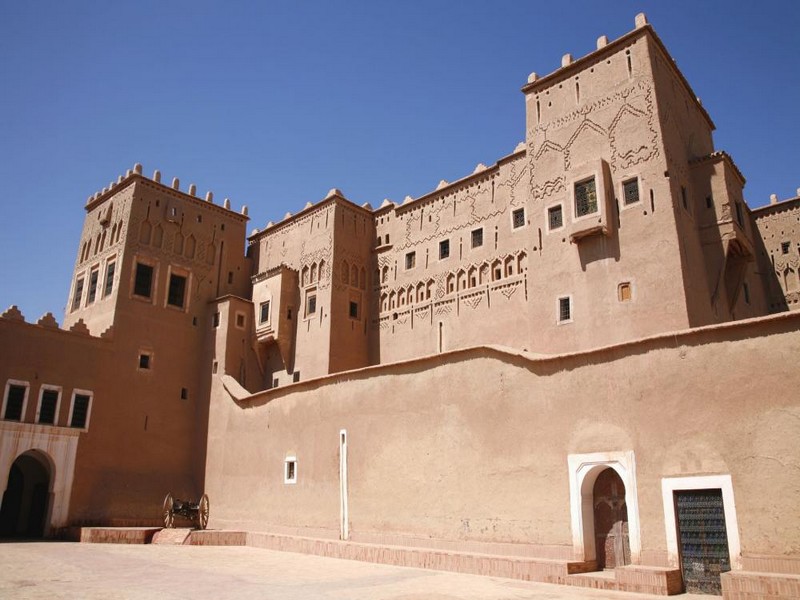
Kasbahs et ksour du sud-est marocain : TAOURIRT (Géoparc jbel bani)
Kasbahs et ksour du sud-est marocain : TAOURIRT (Géoparc jbel bani) Conformément à la tradition orale, la kasbah de Taourirt aurait été édifiée au 17ème siècle. Son
Savoir plus...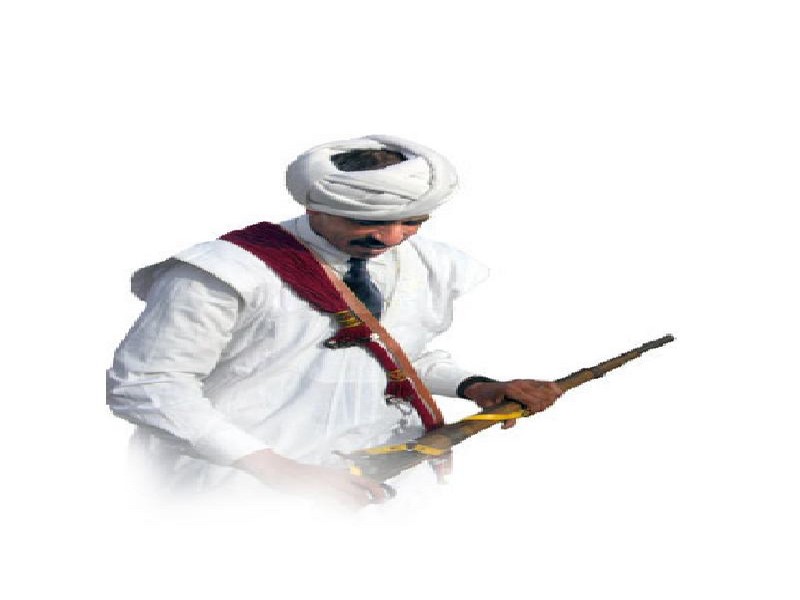
Champagne-Ardenne & Région de l’Oriental : pour une coopération efficace incluant la valorisation du patrimoine pour Jean-Paul BACHy
Champagne-Ardenne & Région de l’Oriental : pour une coopération efficace incluant la valorisation du patrimoine pour Jean-Paul BACHy Monsieur Jean-Paul BACHy Président de la Région Champagne
Savoir plus...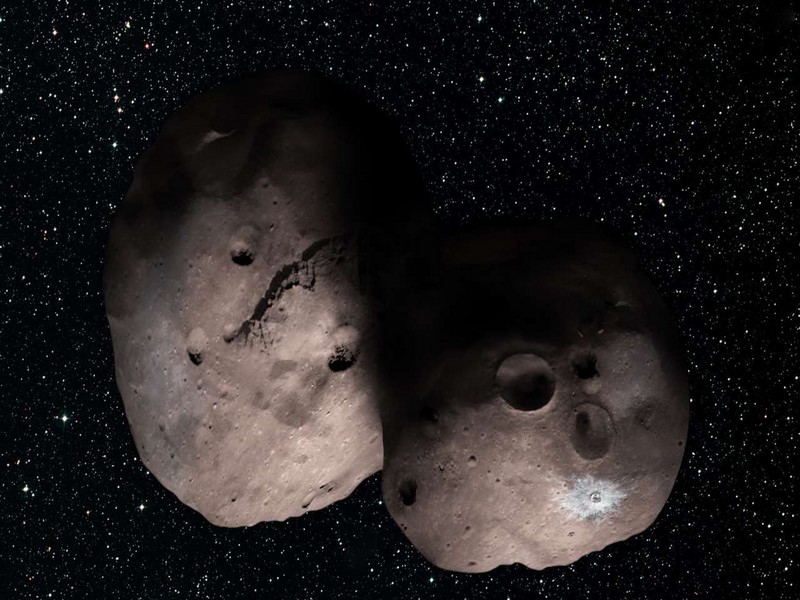
Aidez la Nasa à nommer cet étonnant astéroïde
Aidez la Nasa à nommer cet étonnant astéroïde Aux confins du Système solaire, à plus de 6,5 milliards de kilomètres de la Terre, l'énigmatique 2014 MU69 attend son surnom. La
Savoir plus...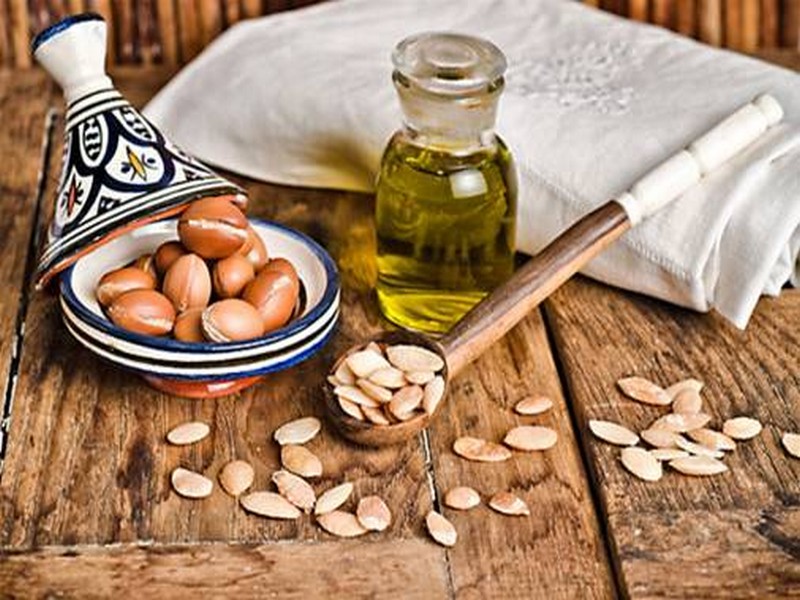
L’huile d’argan, l’élixir marocain
L’huile d’argan, l’élixir marocain Les grands chefs raffolent de l'huile d'argan, tout comme les sociétés de cosmétiques. Mais c’est uniquement au Maroc que pousse l’a
Savoir plus...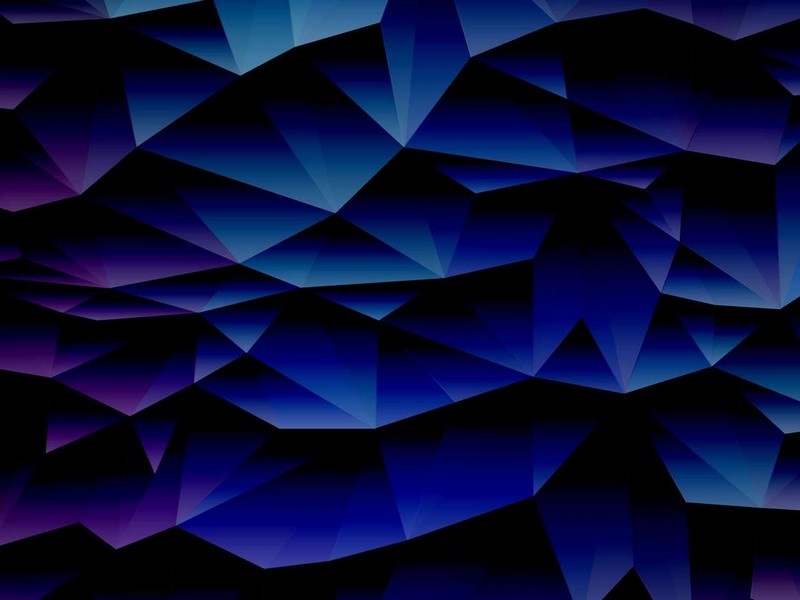
Microsoft annonce un Windows 10 gratuit et les lunettes HoloLens
Microsoft annonce un Windows 10 gratuit et les lunettes HoloLens Microsoft a tenu une nouvelle conférence dédiée à Windows 10 et annoncé que le nouvel OS sera proposé en mise à jour gr
Savoir plus...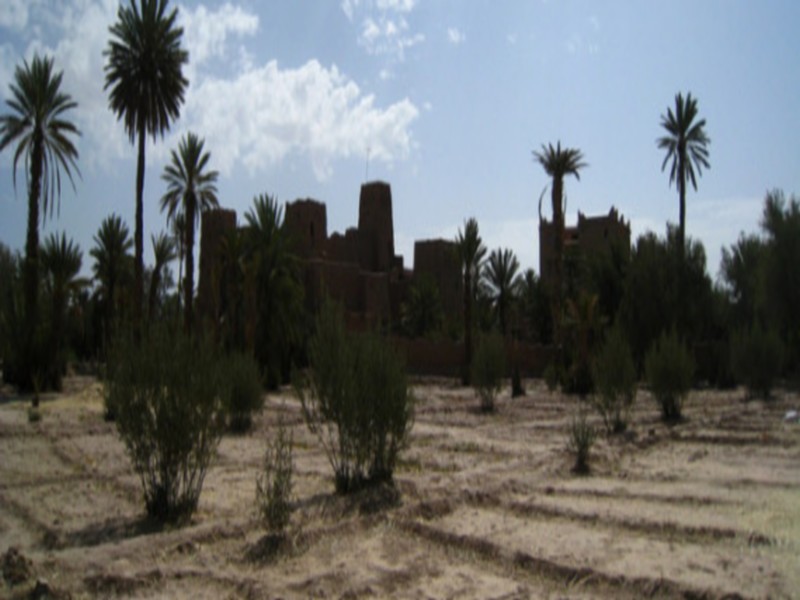
4 questions pour comprendre le retard des pluies au Maroc (et commencer à s'inquiéter)
4 questions pour comprendre le retard des pluies au Maroc (et commencer à s'inquiéter) CLIMAT - La pluie se fait prier. Des prières rogatoires sont même prévues ce vendredi dans tout le royaume p
Savoir plus...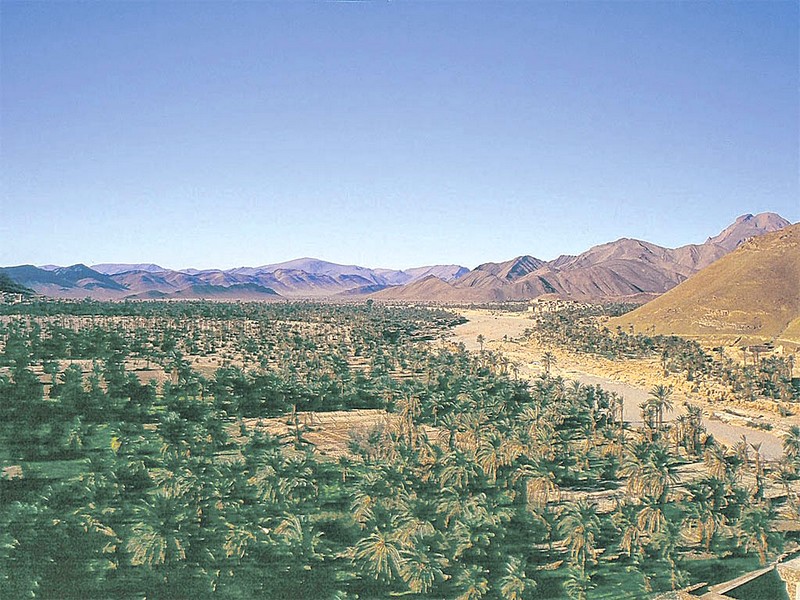
Naissance d’une association pour le développement du Géoparc de Jbel Bani à Tata (Géoparc Jbel Bani)
Naissance d’une association pour le développement du Géoparc de Jbel Bani à Tata (Géoparc Jbel Bani) La ville de Tata a abrité, le 10 avril courant, la 8ème édition de sa foire a
Savoir plus...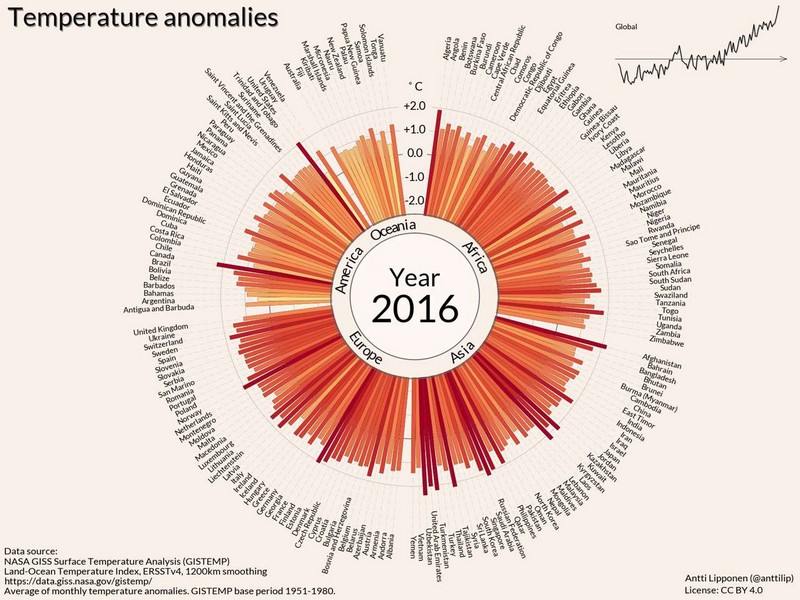
L'histoire du réchauffement climatique en 35 secondes
L'histoire du réchauffement climatique en 35 secondes En intégrant graphiquement les mesures de températures dans presque tous les pays du Globe entre 1900 et 2016, cette animation montre de façon sais
Savoir plus...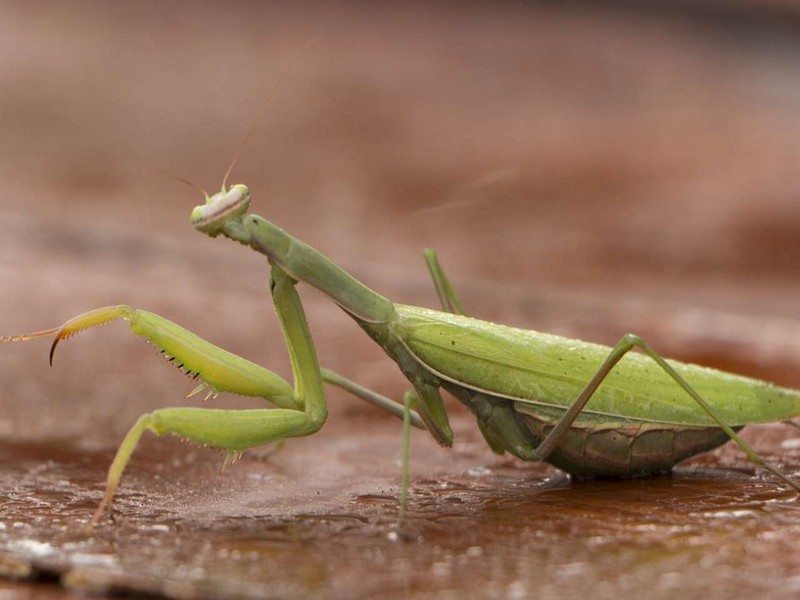
Vie sexuelle des mantes religieuses : elle le décapite puis se reproduit avec !
Vie sexuelle des mantes religieuses : elle le décapite puis se reproduit avec ! La mante religieuse est connue pour sa tendance à dévorer ses partenaires sexuels. Mais saviez-vous que, même décapit&e
Savoir plus...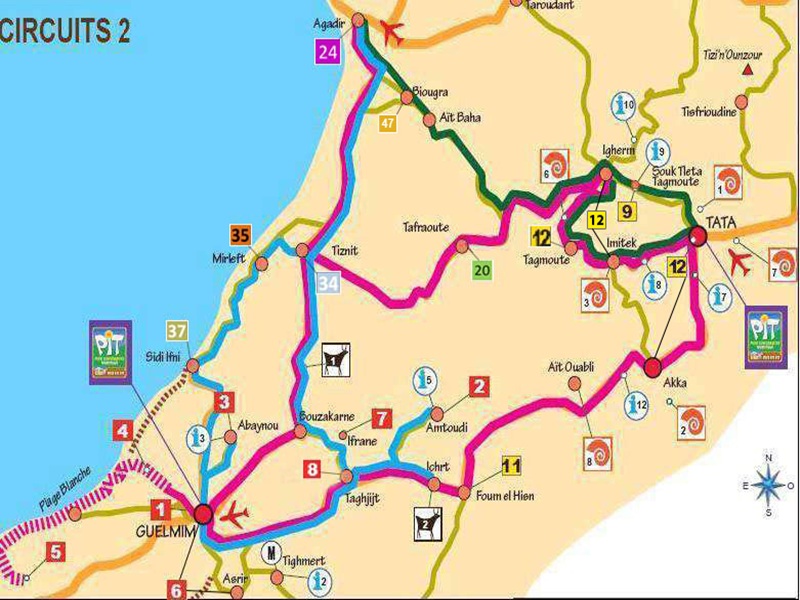
Circuits Sud de l'Anti-Atlas-geoparc jbel bani
Circuits Sud de l'Anti-Atlas-geoparc jbel bani Pour simple Berline : Tiznit - Bou Izakarn - Guelmim - Taghjicht - Icht - Foum El Hisn - Akka - Tata - Issaffen ou Tagmout - Igherm - Tafraout - Tiznit - Agadir Avec 4x4 : P
Savoir plus...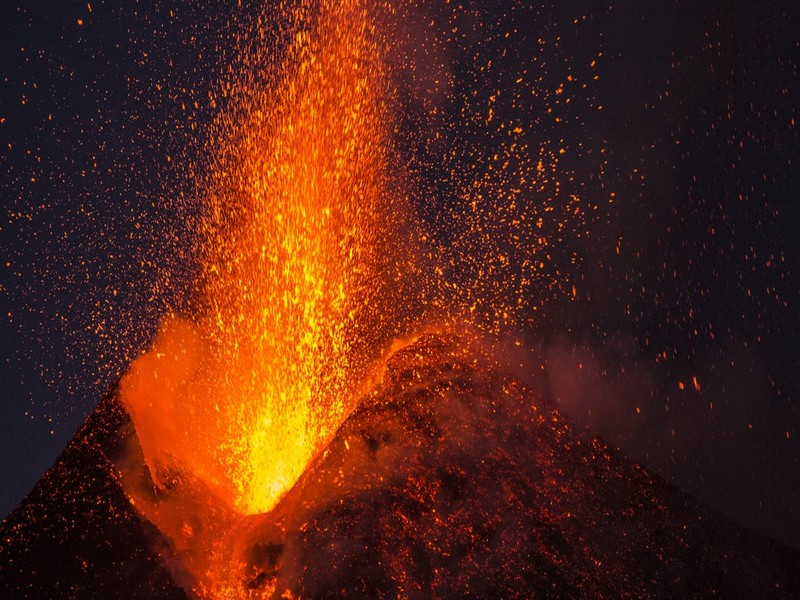
Volcano crystals could make it easier to predict eruptions
Volcano crystals could make it easier to predict eruptions Predicting when a volcano is going to explode is a very difficult task. Every volcano has its own unique and complex maze of tunnels that feed magma to the surface. So even w
Savoir plus...Les tags en relation
En savoir plus sur " Géologie et TSGJB - AMDGJB ! "
Consulter les vidéos de " Géologie et TSGJB - AMDGJB ! " Consulter les photos de " Géologie et TSGJB - AMDGJB ! " Consulter les publications de " Géologie et TSGJB - AMDGJB ! " Consulter les éditions de " Géologie et TSGJB - AMDGJB ! " Consulter les communications de " Géologie et TSGJB - AMDGJB ! "Recherche du site
Recherche avancée / SpécifiqueVulgarisation à la géologie
Qu'est ce que les sciences de la terre: vulgarisation Qu'est ce que la géologie ? Géologie et TSGJB - AMDGJB !
Géoparc et Recherche Scientifique
Le coins de l’étudiant
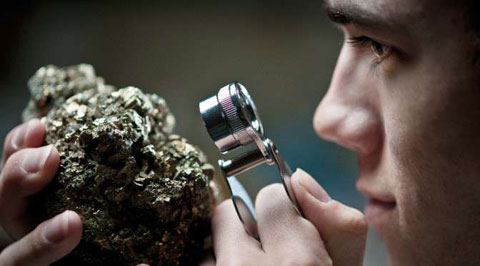

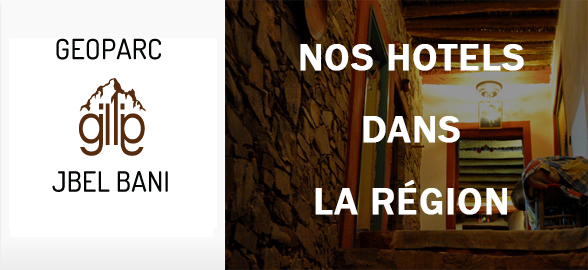
Blog Géoparc Jbel Bani
Dictionnaire scientifique
Plus de 123.000 mots scientifiques
Les publications
Géo parc Jbel Bani

Circuits & excursions touristiques
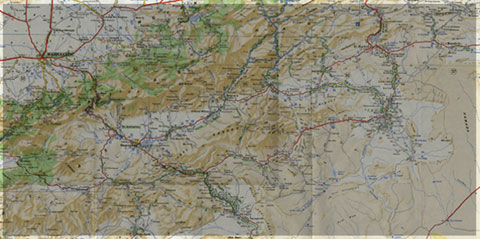
cartothéques
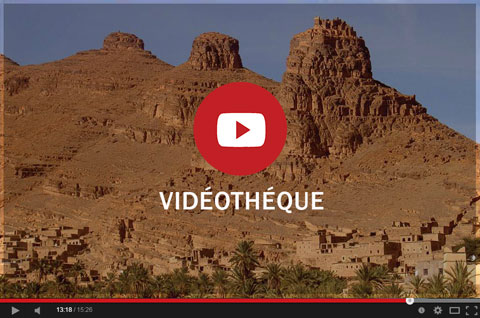
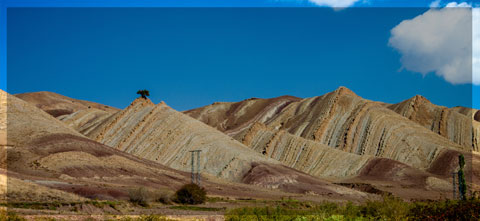
Photothéques
Publications & éditions
